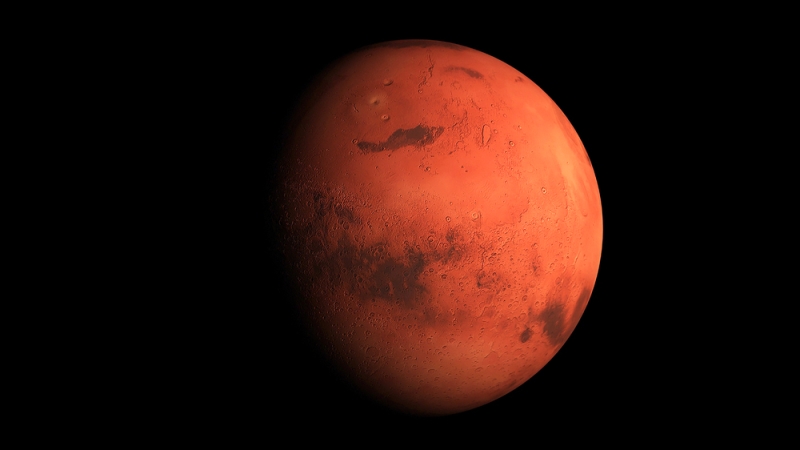
President Donald Trump, after being sworn in as the 47th U.S. president on Monday, unveiled an ambitious vision for the nation’s future in space – “to plant the stars and stripes on the planet Mars.”
“We will pursue our Manifest Destiny into the stars, launching American astronauts to plant the stars and stripes on the planet Mars,” Trump said during his inauguration address in the Capitol Rotunda.
That said, landing on Mars will be easier said than done. According to NASA, sending humans to Mars is vastly more difficult than to the Moon.
“A human journey to Mars, at first glance, offers an inexhaustible amount of complexities,” according to a report on the Hazards of Human Space Flight, highlighting challenges such as space radiation, isolation, distance from Earth, the effects of microgravity, and the harsh, closed environments astronauts would face.
Trump’s vision of the American flag on Mars was a part of his agenda during his first term, and it remains a priority as he begins his second. What remains unknown, however, is whether the Moon will still be included in his plans this time around.
During his first term, President Trump signed seven Space Policy Directives, the first of which brought the Moon back into NASA’s plans for expanding human space exploration beyond low Earth orbit. This led to the creation of NASA’s Artemis Moon-to-Mars program, with Trump and then-Vice President Mike Pence setting a 2024 deadline for astronauts to return to the lunar surface. However, that timeline has since been pushed back to 2027.
While Trump hasn’t provided a timeline or details on whether the Moon will be a steppingstone, his past statements lean in one direction. Though he restored the Moon’s role in NASA’s Mars plans with Space Policy Directive 1 in 2017, he criticized NASA for focusing on that very goal when the Artemis program ramped up.
“For all of the money we are spending, NASA should NOT be talking about going to the Moon – We did that 50 years ago. They should be focused on the much bigger things we are doing, including Mars,” he wrote on Twitter back in 2019.
If the Moon is left out of the equation, it could resemble Obama’s policy, which focused on sending humans to Mars orbit by the 2030s, bypassing the Moon – an approach that encountered stiff resistance in Congress.
Shifting and redefining NASA’s direction requires support from Congress, and while many lawmakers support Mars as a long-term goal, few see it as the next step, and securing funding could prove challenging.
